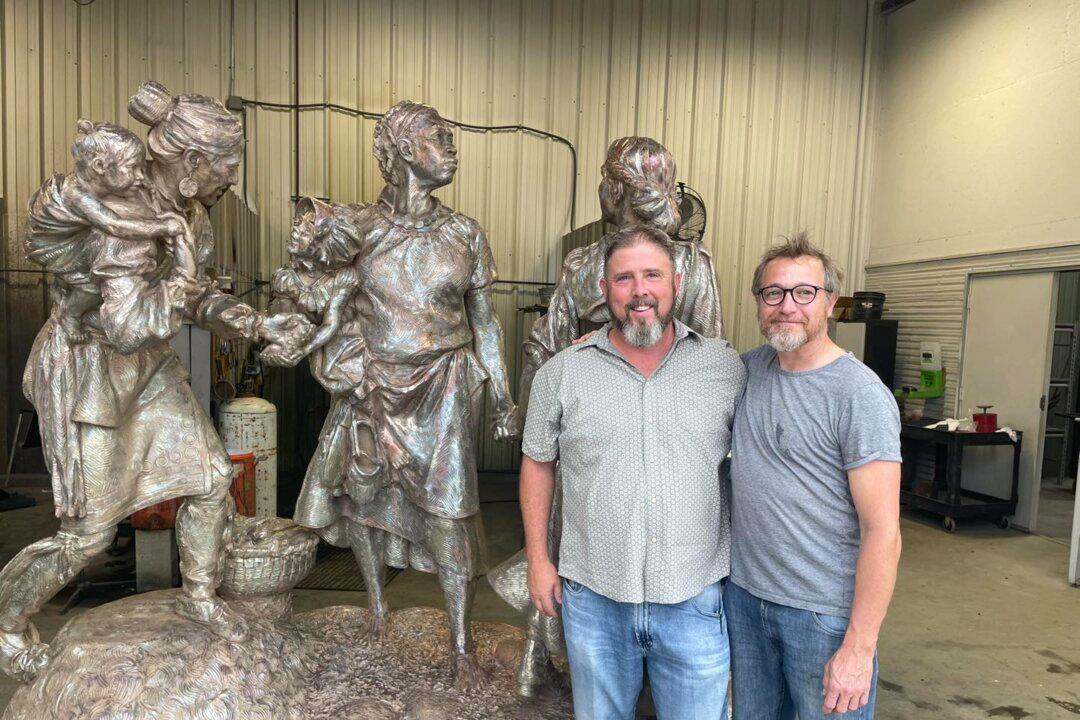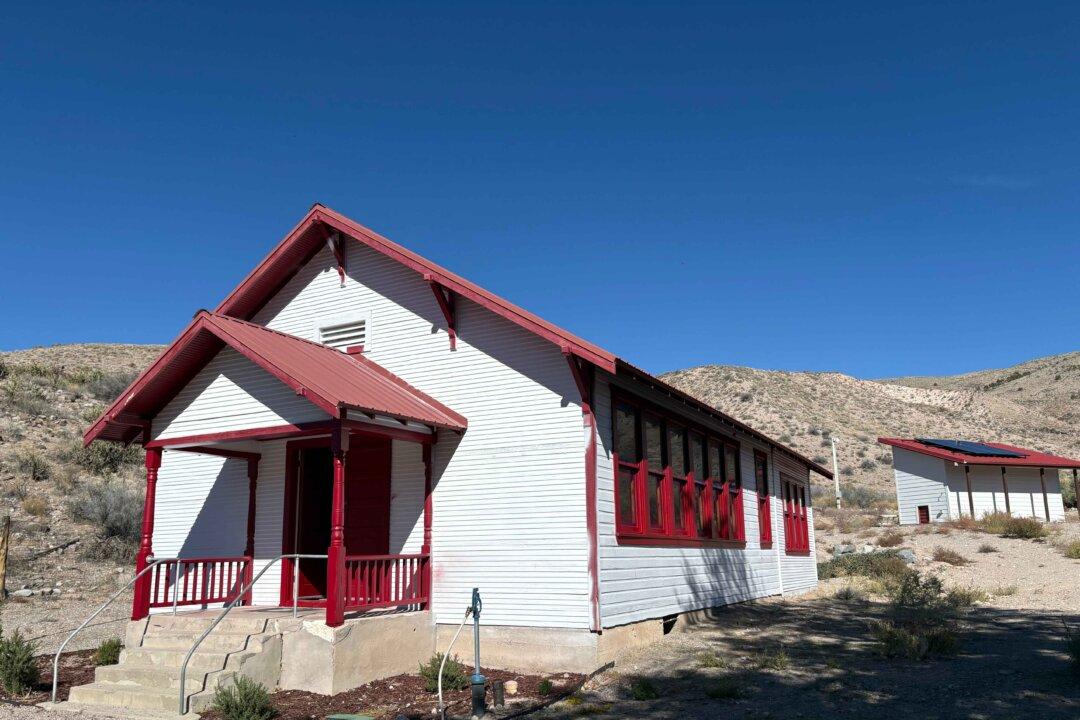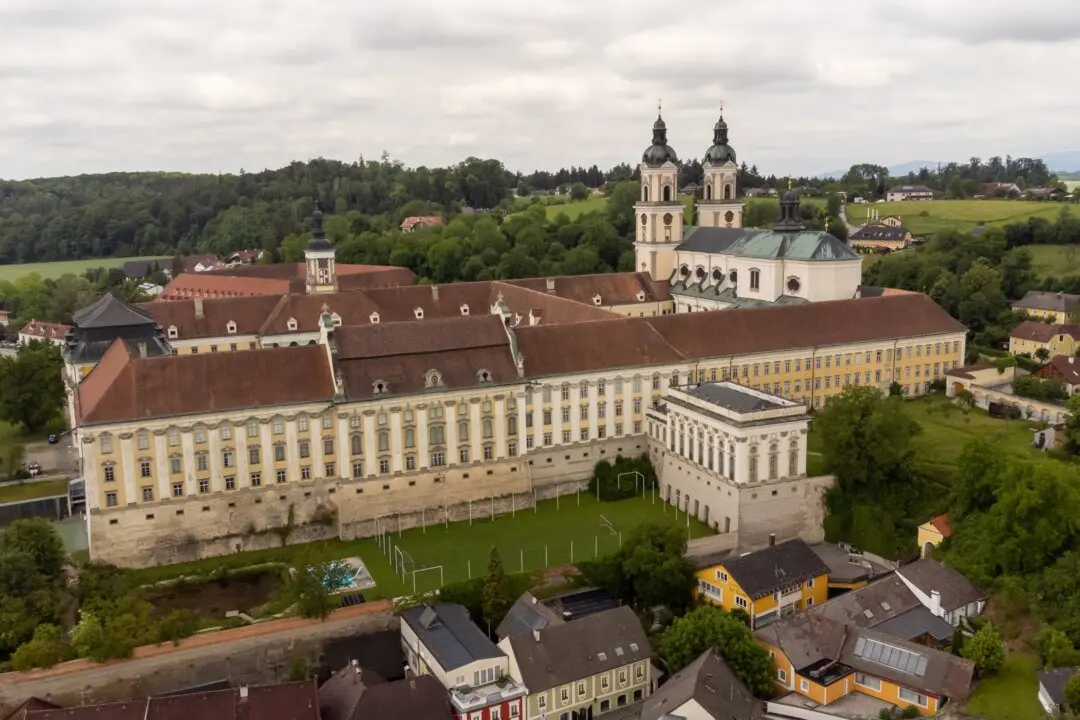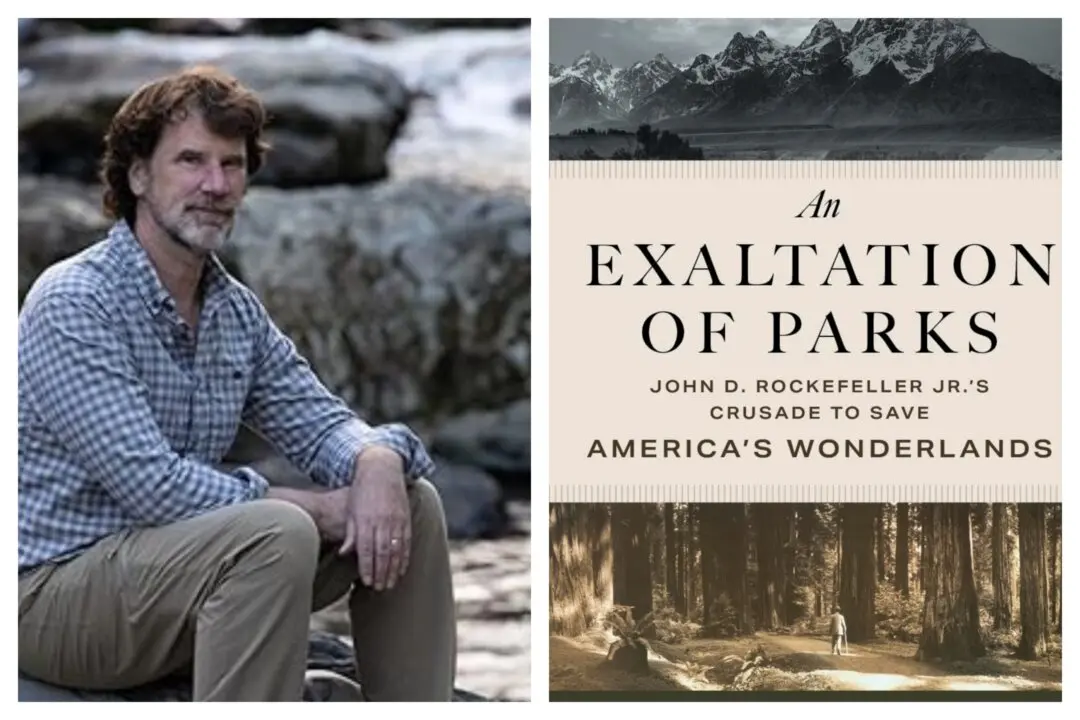FRANKLIN, N.C.—Without a foundry, Emmy and Academy Award winning sculptor Wesley Wofford would have no way of achieving the imposing works of art at his Western North Carolina studio. Without sculptors like Wofford, Pyrology Foundry in Bastrop, Texas, would have no way of embracing emerging technologies and melding them with a 5,000-year-old lost wax casting process.
“It’s a symbiotic relationship,” said Clint Howard, a sculptor and Pyrology’s owner since 1999. “The artist and foundry must work together through every step of the process. The better that relationship is, the better the work turns out. And conversations must start in the very early design stages. … Some pieces have over five years in development before we even get started, so we become as invested in their completion as the artist and clients do. It’s a fun process!”





